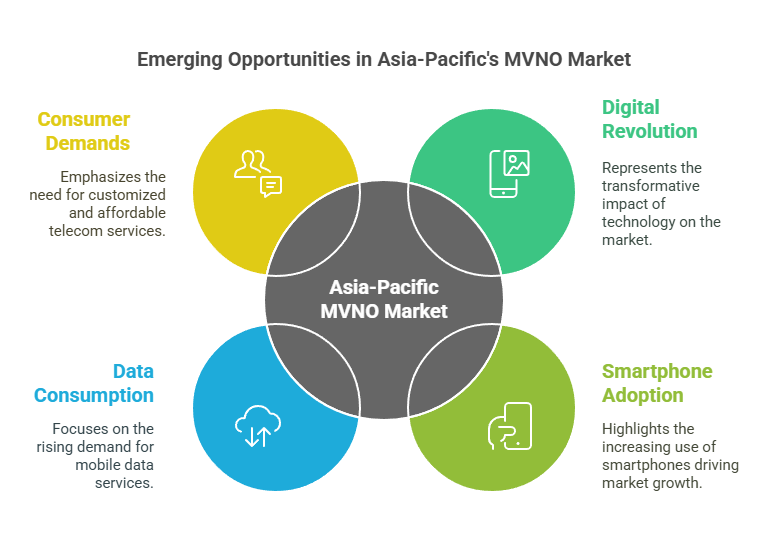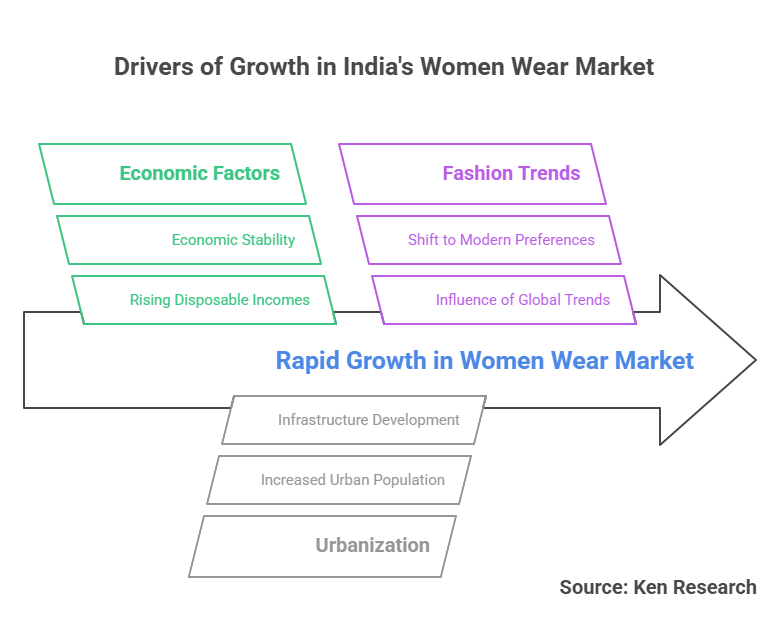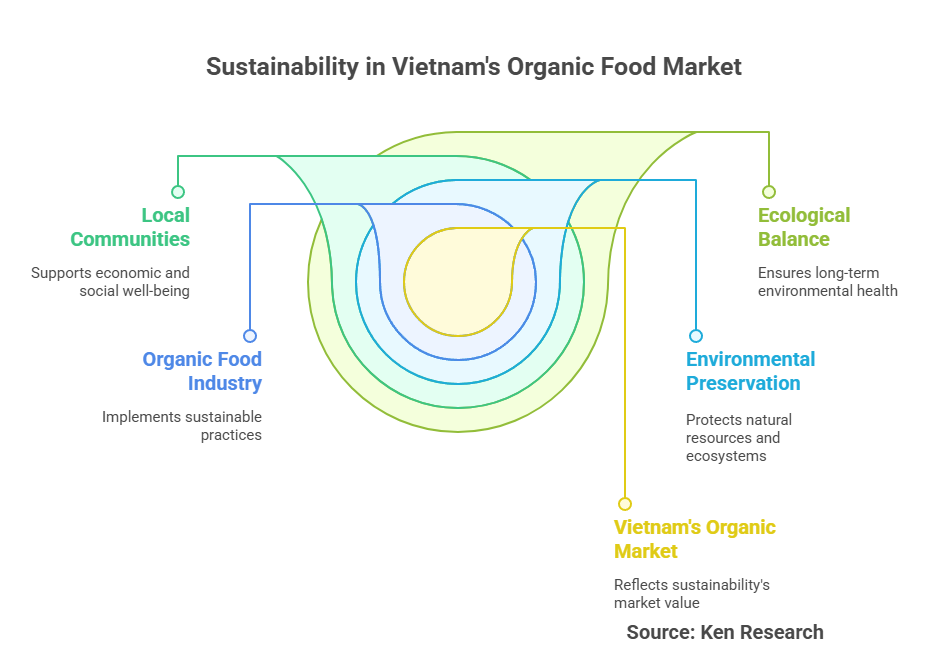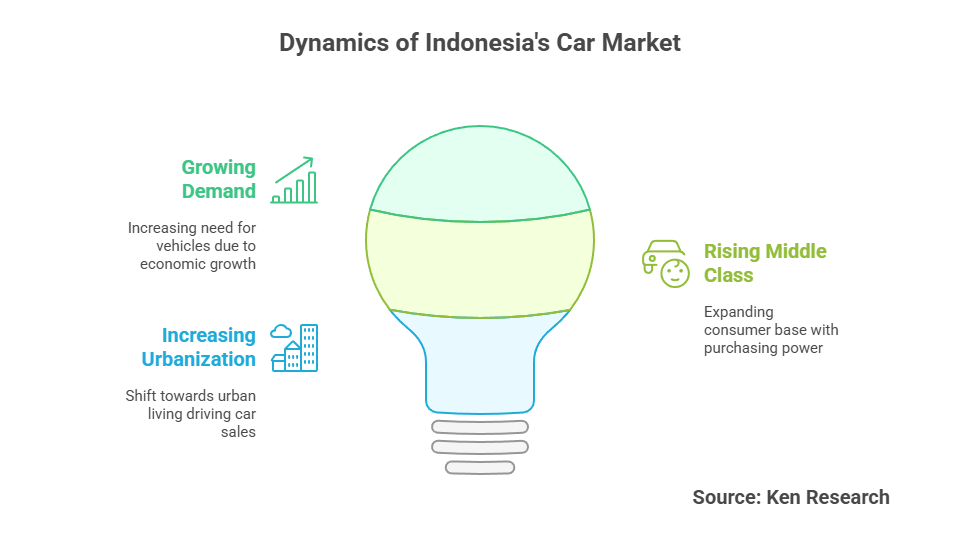Top 3 Emerging Opportunities in the Asia-Pacific MVNO Market in 2028

Strong 8k brings an ultra-HD IPTV experience to your living room and your pocket.
The Asia-Pacific Mobile Virtual Network Operator (MVNO) market is rapidly emerging as a hotbed for innovation and investment. As the region experiences a digital revolution fueled by increasing smartphone adoption and skyrocketing mobile data consumption, MVNOs are uniquely positioned to meet the diverse demands of consumers seeking customized, affordable, and high-quality telecom services.
MVNOs operate by leasing wireless capacity from traditional Mobile Network Operators (MNOs) and reselling it under their own brand. This model allows them to be agile, customer-focused, and often more innovative than traditional players. With the market valued at USD 35.22 billion in 2023, and backed by government digitalization initiatives and breakthroughs in eSIM and 5G technologies, the stage is set for MVNOs to uncover vast new growth frontiers.
In this blog, we explore the top emerging opportunities in the Asia-Pacific MVNO market for 2025, diving into the sectors and strategies poised to shape the next phase of expansion.
Current Market Status
The Asia-Pacific MVNO market has shown remarkable growth, reaching a valuation of USD 35.22 billion in 2023. This momentum is expected to continue due to a confluence of favorable factors:
- Smartphone Penetration: With billions of users and growing, the smartphone market is a key enabler for MVNOs to reach digital-first consumers.
- Mobile Data Boom: Increasing consumption of mobile data—driven by video streaming, online gaming, and remote work—is pushing demand for flexible data packages.
- 5G Rollout: The gradual deployment of 5G infrastructure across countries like China, South Korea, Japan, and Australia presents a significant upsell opportunity for MVNOs.
- eSIM Technology: eSIM adoption allows for easier switching between carriers, which directly benefits MVNOs in capturing churned customers from major operators.
- Regulatory Support: Governments across the region are facilitating digital transformation with supportive telecom policies, spectrum auctions, and startup-friendly environments.
Major players such as Circles.Life (Singapore), Amaysim (Australia), and Rakuten Mobile (Japan) have made notable headway, leveraging digital-first models and innovative pricing to disrupt the telecom status quo.
List of Emerging Opportunities
1. Localized MVNOs for Niche Segments
There is increasing demand for MVNO services targeting specific communities or user segments. These can include:
• Expat and immigrant populations (e.g., in Malaysia, Singapore)
• Students and low-income workers requiring budget-friendly plans
• Senior citizens who need simplified services
Localized MVNOs can customize content, language, and pricing models to appeal directly to these groups. For example, India's growing migrant population in metro areas could be a prime target for MVNOs offering multilingual customer support and low-cost calling plans to home countries.
2. IoT-Focused MVNOs
As Asia-Pacific sees rapid adoption of smart devices, industrial automation, and connected vehicles, there’s an opportunity to build MVNOs specifically for IoT connectivity.
• Case Study: In South Korea, companies are exploring B2B MVNOs that provide secure, low-latency connections for smart factories.
• Growth Sectors: Healthcare wearables, logistics tracking, smart homes, and utility metering
These MVNOs can partner with manufacturers and city planners to deliver tailored network solutions that go beyond consumer markets.
3. Digital-Only MVNOs Leveraging eSIMs
With rising smartphone sophistication and growing comfort with app-based services, digital-only MVNOs are a huge opportunity.
• No physical stores: All interactions, from SIM activation to billing, are app-based.
• Instant activation with eSIM technology, ideal for international travelers or digital nomads.
• Future Potential: Countries like Japan and South Korea, where tech-savvy users dominate, are ripe for eSIM-exclusive brands.
These MVNOs can scale rapidly, reduce costs, and offer hyper-personalized services—key differentiators in crowded markets.
(Visual suggestion: A bar graph comparing user adoption rates of traditional SIM vs eSIM in key Asia-Pacific markets like China, Japan, and Australia from 2021–2025)
Also read the market analysis of USA MVNO Industry Future Opportunities
Barriers to Entry
While the potential is immense, MVNOs in the Asia-Pacific region also face several challenges:
• High Initial Setup Costs: Licensing, interconnection, and back-end system setup can be costly without volume guarantees.
• Limited Access to Infrastructure: MNOs may impose restrictive wholesale rates or offer limited bandwidth to MVNOs.
• Brand Recognition Issues: Gaining customer trust in a market dominated by established telcos can be tough.
• Regulatory Complexity: Varies across countries—some markets like China have stricter entry norms, while others like Australia are more open.
Solutions:
• Form strategic partnerships with MNOs for favorable terms and network sharing.
• Invest in marketing and digital branding to establish consumer trust.
• Start small in favorable regulatory environments and expand regionally once stable.
Actionable Insights
To thrive in the Asia-Pacific MVNO landscape, businesses must adopt agile, tech-driven strategies:
1. Focus on Differentiation: Whether it's a niche demographic, innovative service, or unbeatable pricing—MVNOs must carve out a clear USP.
2. Leverage Technology: Embrace automation, AI-powered customer service, and real-time analytics to streamline operations and enhance user experience.
3. Build Strategic Alliances: Collaborate with local telecom operators, tech firms, and even retail brands to scale quickly and gain trust.
4. Adapt to Regional Dynamics: Customize offerings per country—language, culture, pricing, and regulations all vary widely across Asia-Pacific.
5. Capitalize on Government Schemes: Align with national digital agendas to gain funding or spectrum access.
Conclusion
The Asia-Pacific MVNO market is entering a golden era, valued at over USD 35 billion and growing steadily. With 5G, eSIM, and digital consumption trends aligning, emerging opportunities are abundant—especially in niche localization, IoT specialization, and digital-only service models.
Businesses that act swiftly, innovate boldly, and understand regional nuances will be well-positioned to ride this wave. The time to enter the MVNO arena in Asia-Pacific is now—don’t miss out on the momentum.
Read my other blogs in APAC Sterile Medical Packaging Market Trends and Opportunities
Note: IndiBlogHub features both user-submitted and editorial content. We do not verify third-party contributions. Read our Disclaimer and Privacy Policyfor details.







